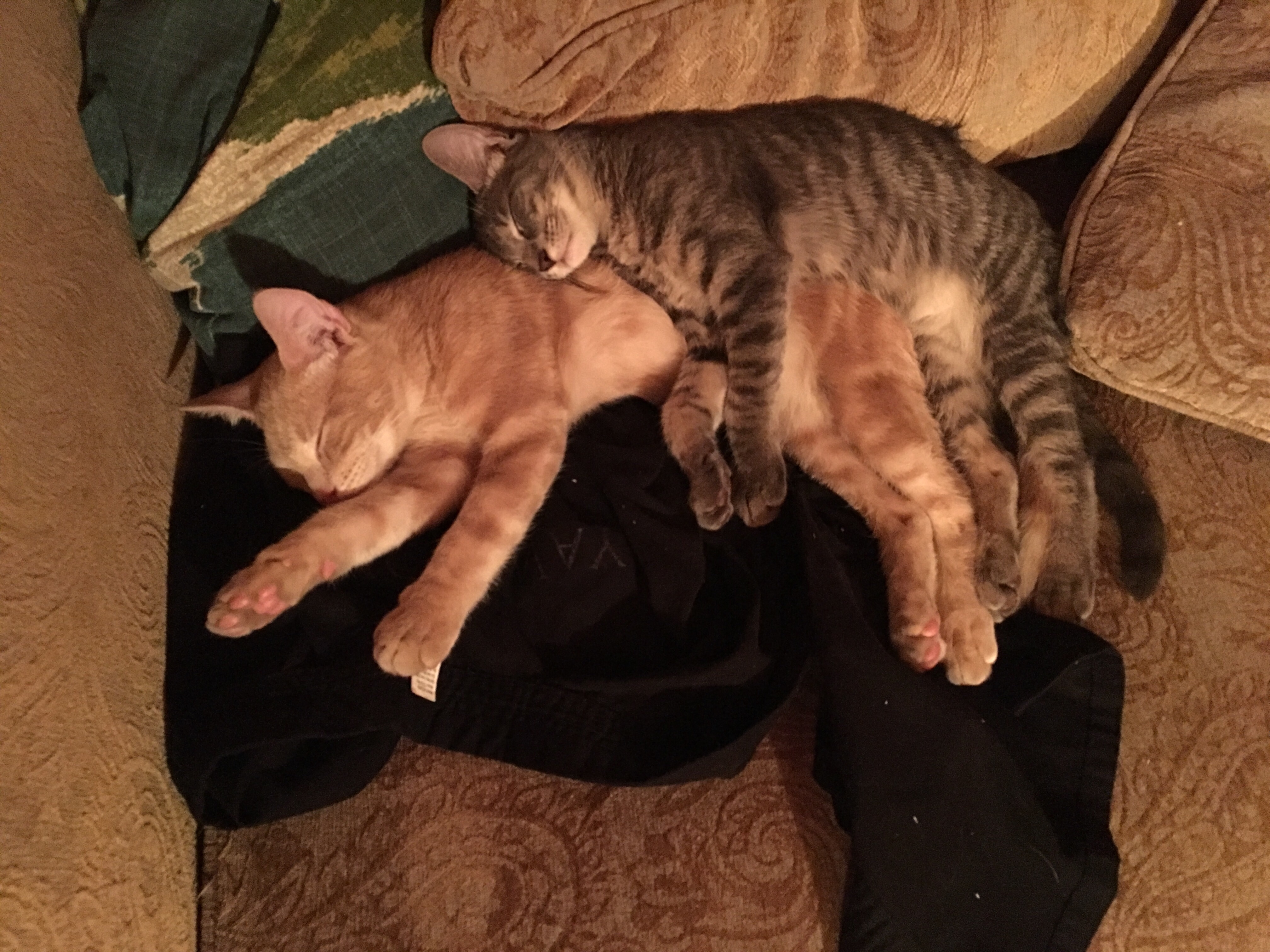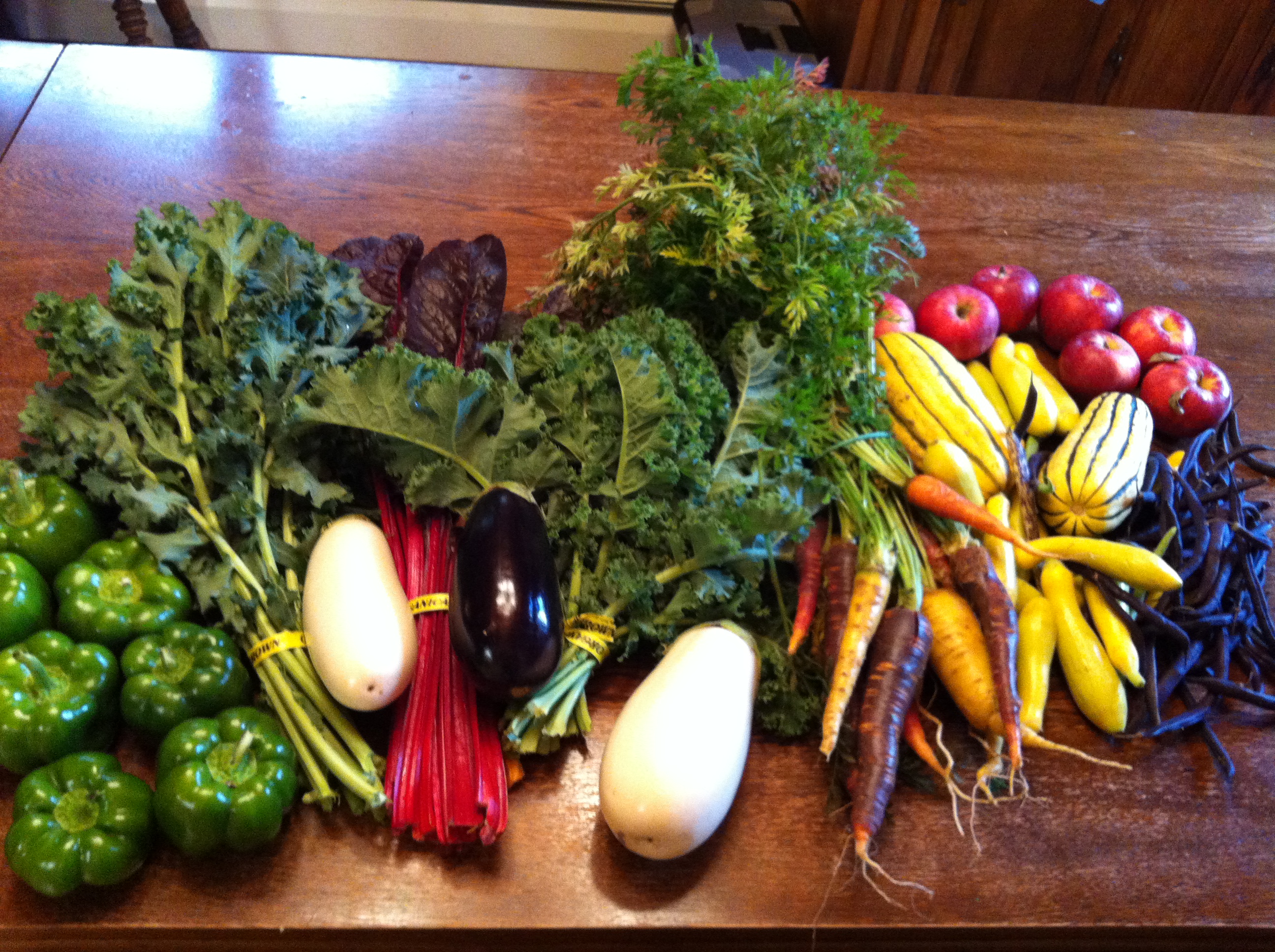FOUR hours. I spent FOUR hours at a workshop at my Tang Soo Do studio today then I hit a wall. amazingly those 4 hours flew by but probably I should have stopped for a snack or something midway through. Duh. But, I was having fun with my friends from class that I didn’t really notice until I just had nothing left. Our black belts had come to a class the night before and several of them were testing all morning and they were still going when I left. WOW. I now have #goals.
Anyway, we are here to talk about gut health tonight and what a topic this is! I mean, gut health is the whole reason I am here. Let me give you my backstory first.
I have had gut issues since I was a kid. Then as an adult they worsened after I had my first baby. I developed what was labeled as lactose intolerance. I stopped eating ALL dairy and lost a ridiculous amount of weight. My class mates in college were asking me if I was sick. fast forward 3 years and I was pregnant with my second baby and was once again able to drink milk and eat cheese. Several years later I found myself doubled over no matter what I ate and it would last for hours. I couldn’t eat during the day at work or I couldn’t function so I would drink coffee and hot cocoa and then eat when I got home. The day I showed up in my providers office he got on the phone and had me seeing a gastroenterologist the very next day. The gastroenterologist examined me, said I had Irritable Bowel Syndrome and sent me away with a prescription for dicyclomine (which, BTW, doesn’t do a thing…). No diet recommendations. No bloodwork. No testing other than checking to make sure I didn’t have blood in my stool. Gee, thanks.
So I went about eliminating different foods. Shrimp went. So did salad. Then my jaw decided to lock up and out went crusty bread or anything crunchy or chewy. Eventually the stomach pain went away with the eliminations and I went on with my Ife for a little while. I had a bad break up and lived on Cheerios, ice cream and wine for a month and lost 10 pounds. Then I started grad school and stress ate my way to a 20 lb weight gain and in the process decided to have a reaction to chicken of al things. No chicken for a few years. Then one day I could eat it. (It still seems crazy to me). I couldnt drink red wine because even a half glass gave me a migraine. Somewhere in there my liver enzymes shot up to hepatitis levels although I wasn’t sick and my iron was high. I had to eliminate all alcohol, NSAIDS like Tylenol and ibuprofen and cease using my cast iron pan. 6 months later it was normal. Unlike other celiacs I have never been anemic except when I was pregnant with my twins.
In 2011 I started a new job. Let’s just say that I have a nervous bladder AND digestive system and I found my self running to the restroom FREQUENTLY and I was very uncomfortable. This was in an office setting so it was especially embarrassing and inconvenient. I was trying to lose weight at the same time and couldn’t (ironically) and noticed that while keeping a food journal that I would gain 3-4 lbs every time I ate pizza or pasta or bread at dinner. I mentioned it to my provider who said it sounded like celiac and to try going gluten free for 2 weeks. I tried it and felt better within 1 week. The fog lifted. I didn’t wake up feeling like I’d been hit by a truck. I wasn’t running to the bathroom. My stomach didn’t hurt as bad. I didn’t ache all over. The angels were singing!
Then, I had to start eating gluten again so I could have blood work and scoping. You need to be eating the equivalent of 2 slices of wheat bread every day, preferably for 2 months, before blood work can be done. When you stop eating gluten, your body relaxes and the levels of circulating antibodies goes down and can produce a false negative result. You have to keep your body in attack mode to detect the antibodies adequately to get a positive result. The next step in testing for celiac disease is endoscopy which is a thin flexible tube with a camera that is inserted into your small intestine by way of your stomach in order to take tissue samples for biopsy. My (new and wonderful) gastroenterologist told my husband in the room afterward that he didn’t even need to have the biopsy results to know I had celiac disease it was so bad! At that point my son, my first baby after which I first started having fairly severe symptoms was 17! I finally had a diagnosis. Celiac disease.
So goodbye gluten. And goodbye Guinness and every other dark and lovely porter I used to drink. Goodbye homemade honey whole wheat bread made lovingly by my friend. Goodbye Chinese takeout and fast food (not a loss there) and takeout pizza and anything fried in a shared fryer (bye chicken wings) and just willy nilly grabbing a snack or eating dessert. Goodbye. Life.
On the upside I finally started shedding weight. So much weight that I looked emaciated in photos and my family commented on it. It did stabilize over time as I experimented with the paleo diet and traditional foods. I even managed to stress eat another 10 pounds over the past 2 years until I pulled myself together this summer and lost it again. (Note: Peanut M&M’s and snickers are gluten free. for good and for bad…)
What does this have to do with the topic of gut health other than my personal sob story? A lot. 1 in 133 people have celiac disease. Of those with first degree relatives who have celiac disease, 1 in 10-11 of them will also develop it. Celiac disease has many gut symptoms but more non-gut related symptoms. It is associated strongly with Type 1 diabetes in kids and people with Down syndrome have high rates of concurrent celiac disease. Undiagnosed celiac disease can cause hypothyroidism and anemia. Celiacs have a high rate of gastrointestinal cancers including b-cell lymphoma. Getting a diagnosis is difficult but critical to treating it correctly. A gluten free diet is essential to the treatment of celiac disease. At this point there is no other way to control it. Vaccine trial are underway as well as some agents designed to bind gluten or break it down in some way that the body does not react but they seem to be mainly designed to avoid reaction from incidental exposure to gluten such as a restaurant that cross contaminates your food, or eating food that is contaminated due to manufacturing contamination. I am doubtful of seeing a true cure for celiac disease, at least in my lifetime. Either way, I’m eating wonton soup on my deathbed…
There is also a diagnosis if non-celiac gluten sensitivity in which people have gut symptoms from eating gluten but test negative for celiac disease. There is some question as to whether this group of people is reacting to gluten or something that is commonly found with gluten containing foods. There is at least anecdotal evidence of people not being able to eat gluten in the US yet can eat them without symptoms when they travel overseas. I have a couple of friends who have experienced this. Is is a chemical that causes this reaction, such as a pesticide? Or they type of wheat eaten? I know others who can eat “ancient” wheats such as Einkorn or can eat true sourdough without symptoms. The jury is out as to the root cause but it is not autoimmune like celiac disease is. Considering how adulterated our food is in the US as compared to Europe I would not doubt it being caused by the processing of our foods or the type of pesticides used. Europe bans many more than we could ever hope to.
Gluten is not the only culprit causing gut symptoms. Lack of fiber in our diets and eating nutritionally anemic fast food/processed foods as well as stress and lack of exercise all contribute to belly bloat and abdominal fat. Dairy intolerance, soy intolerance and corn intolerance can cause bloating and either diarrhea or constipation as well. Lactose, the sugar in dairy, is broken down by lactase, an enzyme, but in those whose guts are already affected by other food issues or by genetics or medications, lactase production can be affected and lactose intolerance develops causing gas, bloating, diarrhea and even vomiting in some cases when dairy products are ingested. Some people cannot tolerate dairy protein which is called casein. Some can not tolerate soy in any form and many cannot digest corn and suffer similar symptoms. ( I am not talking here about allergies which generally cause different symptoms and affect a different pathway or reaction. Allergies can be deadly. )
What else? There are inflammatory bowel diseases that are autoimmune. These sometimes respond to diet changes including a gluten free diet but they often also require strong medications to control. Overgrowth of H. Pylori bacteria can cause ulcers and this is treated with antibiotics. Antibiotic use can cause gut imbalances which result in diarrhea and altered bacterial growth. They kill off the good guys along with the bad and it can take 6 months or longer to repopulate. Repeatedly taking antibiotics is the worse thing for your gut and can contribute to an even worse infection called “c.diff.” C. Diff in turn causes fever, diarrhea and an elevated white blood cell count. C. diff infection is common in those who have been hospitalized and it can cause death.
So the first step in addressing gut health is getting a correct diagnosis for the symptoms you are having. Sometimes this requires a lot of sleuthing and that is where health/food journals come in. Just like I mentioned earlier, I was journaling my food intake and weight which led to the discovery that high gluten foods were causing overnight weight gain (due to edema/swelling/fluid retention). I never would have put it together until I saw it on paper! Some diagnoses will require testing to obtain such as celiac disease or inflammatory bowel disease.
Find a medical provider who is willing to work with you to discover the root cause of your problem and do a proper work up before just labeling you with irritable bowel syndrome. It is a disservice to people to give this diagnosis and then try to treat it with medication. IBS is often a way to say I don’t know what it is so here is this label. Stop complaining. There is nothing actually wrong with you. Find someone to help and be willing to do some trial and error on your own as well. Keep a journal. Write down everything you eat, how you are feeling, your weight and what you are doing and any medications you are taking. Write down what you’ve tried and what worked and what didn’t. This is all valuable information!
See? I told you this would take more than one post!! Tomorrow I will be back to continue this discussion with some more concrete things we can do to support our gut health in general and then we will go into more detail about probiotics/probiotics and other supplements on Monday.
Until then, have a great night and be well!
Liz



